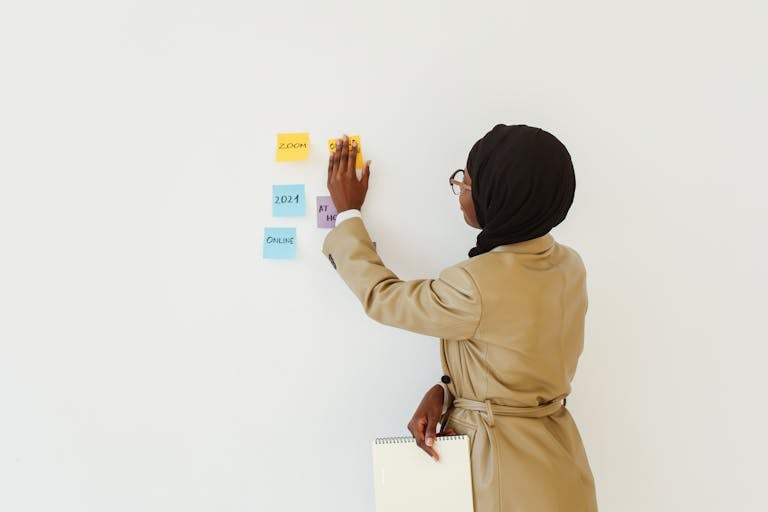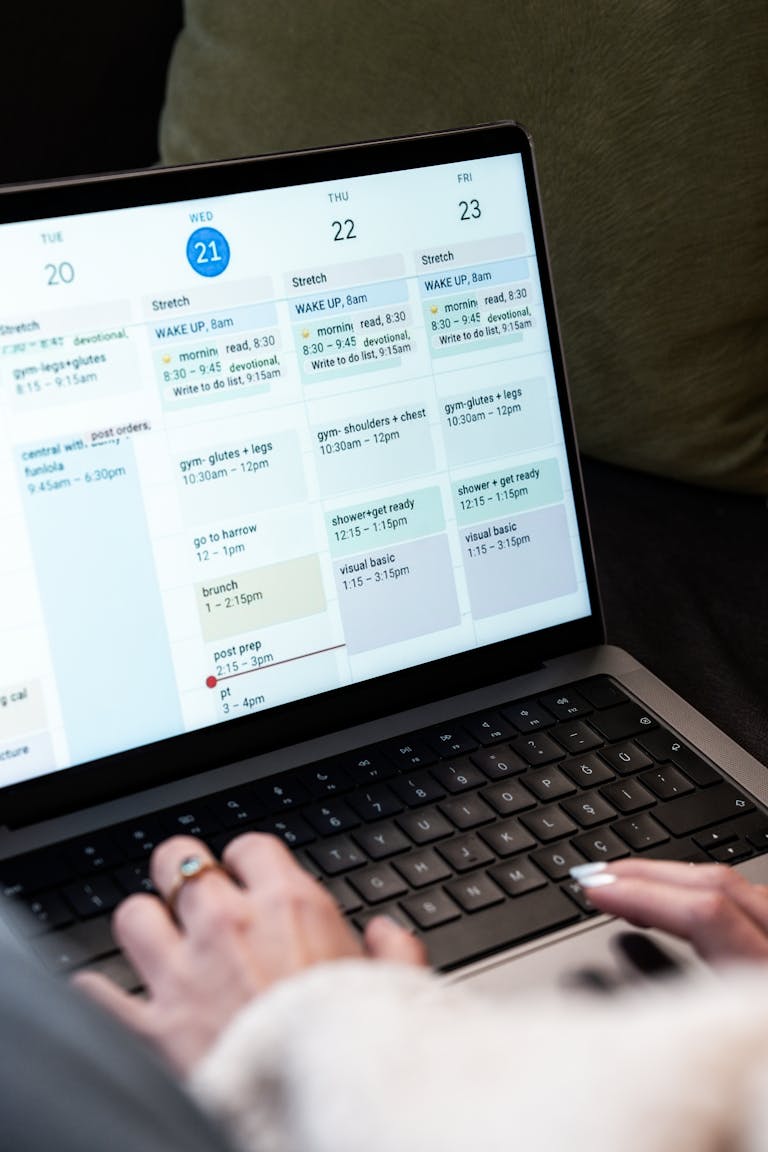Personal development is the process of improving yourself through conscious habits, goals, and continuous learning. Whether you want to develop new skills, advance in your career, or improve your personal life, a personal development plan (PDP) is essential for achieving success. A well-structured PDP acts as a roadmap, helping you stay focused, motivated, and on track toward your goals. In this article, we will discuss how to build a personal development plan that works for you.

1. What Is a Personal Development Plan (PDP)?
A Personal Development Plan (PDP) is a structured approach to self-improvement. It is a written document that outlines your goals, strengths, weaknesses, and action steps to achieve success. A well-thought-out PDP can help you:
- Clarify your long-term vision
- Set achievable and measurable goals
- Focus on your personal growth
- Stay motivated through the process
By creating a PDP, you are taking control of your future and proactively working towards becoming the best version of yourself.
2. Why You Need a Personal Development Plan
A personal development plan helps you take a strategic approach to your growth. Without one, you may find yourself drifting aimlessly, unsure of what to prioritize or how to achieve your goals. Here’s why a PDP is so important:
- Focuses Your Energy: A personal development plan provides clear goals, so you know where to focus your energy and efforts.
- Tracks Your Progress: By having a written plan, you can regularly assess your progress and make necessary adjustments.
- Provides Accountability: Writing down your goals and regularly reviewing them holds you accountable for your actions.
- Builds Confidence: Achieving milestones in your personal development journey boosts your confidence and motivates you to keep going.
3. Steps to Create a Personal Development Plan
To create a comprehensive PDP, follow these steps:
- Step 1: Self-Assessment
Begin by assessing your current situation. Take an honest look at your strengths, weaknesses, skills, and areas for improvement. Ask yourself the following questions:- What are my strengths?
- What areas do I need to improve in?
- What skills do I want to develop?
- What are my passions and interests?
- Step 2: Define Your Goals
Once you’ve completed your self-assessment, define your long-term and short-term goals. Your goals should be specific, measurable, achievable, relevant, and time-bound (SMART). Break them down into smaller, actionable steps to make them more manageable. For example:- Long-term goal: Become fluent in a second language in the next two years.
- Short-term goal: Complete an online language course within three months.
- Step 3: Identify Actionable Steps
For each goal, outline specific actions you need to take to achieve it. These steps should be practical and time-bound. For example:- Practice speaking the language every day for 10 minutes.
- Join a language exchange group to practice with native speakers.
- Step 4: Set Deadlines
Setting deadlines for each goal and action step is crucial for maintaining momentum. Make sure your deadlines are realistic but also stretch your abilities to avoid procrastination. - Step 5: Develop Positive Habits
Personal development is all about building habits that support your goals. Start small and focus on incorporating one habit at a time. Whether it’s reading every day, exercising, or learning something new, positive habits compound over time and play a significant role in achieving long-term success. - Step 6: Track Your Progress
Regularly track your progress to ensure that you’re staying on track. This could involve keeping a journal, using an app, or setting regular check-ins with yourself. Celebrate your wins, no matter how small, to stay motivated.
4. Overcoming Challenges in Personal Development
Personal development is a continuous journey that requires dedication, but there will be obstacles along the way. Here are some common challenges and how to overcome them:
- Lack of Motivation: Motivation ebbs and flows, but consistency is key. Keep a reminder of why you started and celebrate small wins along the way to stay motivated.
- Fear of Failure: Don’t let the fear of failure stop you. See every setback as an opportunity to learn and grow. Embrace a growth mindset and keep pushing forward.
- Time Management Issues: Balancing personal development with other responsibilities can be challenging. Prioritize your goals and schedule time for your personal growth just like any other task.
5. Common Areas for Personal Development
While your personal development plan is unique to you, there are common areas that many people focus on. Some of the most common areas for personal development include:
- Career Development: Improving your skills, expanding your network, and advancing in your profession.
- Health and Fitness: Focusing on physical wellness through exercise, nutrition, and self-care.
- Emotional Intelligence: Learning to manage your emotions, improve your relationships, and develop empathy.
- Mindset and Resilience: Building mental strength, staying positive, and cultivating resilience in the face of challenges.
- Financial Management: Improving your money management skills, building wealth, and planning for financial security.
6. The Long-Term Benefits of a Personal Development Plan
Creating and following a personal development plan leads to both short-term and long-term benefits. Over time, you’ll see improvements in your personal and professional life. The benefits of a well-executed PDP include:
- Increased Confidence: As you achieve your goals and develop new skills, you’ll feel more confident in your abilities.
- Better Decision-Making: With clearer goals and self-awareness, you’ll make more informed and intentional decisions.
- Greater Satisfaction: Personal growth leads to a sense of fulfillment and satisfaction as you become more aligned with your values and aspirations.
- Continuous Improvement: Personal development is a lifelong journey. With a solid PDP, you’ll always have a roadmap to follow as you continue to grow and evolve.
Q: How do I stay motivated during my personal development journey?
A: To stay motivated, celebrate small wins, remind yourself of your long-term goals, and stay committed to your personal growth. Tracking progress and staying consistent also helps keep motivation high.
Q: What if I don’t know where to start with personal development?
A: Start with self-assessment. Identify your strengths, weaknesses, and passions, then define your goals based on your interests. Build your plan from there.
Q: How often should I review my personal development plan?
A: Review your plan regularly—monthly or quarterly—to assess your progress and make adjustments as needed. This helps keep you on track and accountable.
Start Your Personal Development Journey Today!
Build your personal development plan and start making progress toward your goals. Whether you want to improve your career, health, or relationships, a clear plan can help you unlock your full potential.

I’m EKBAL HOSSAIN MONDAL, the creator of SmartSolveTips.com — a blog dedicated to helping people improve productivity, avoid digital burnout, and live better online. With years of hands-on experience in self-development and digital wellness, I write practical tips and tools to help you stay focused and thrive in a fast-paced digital world.






